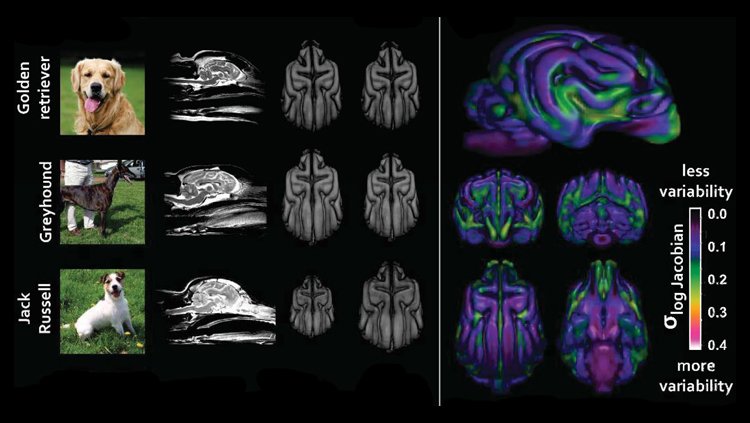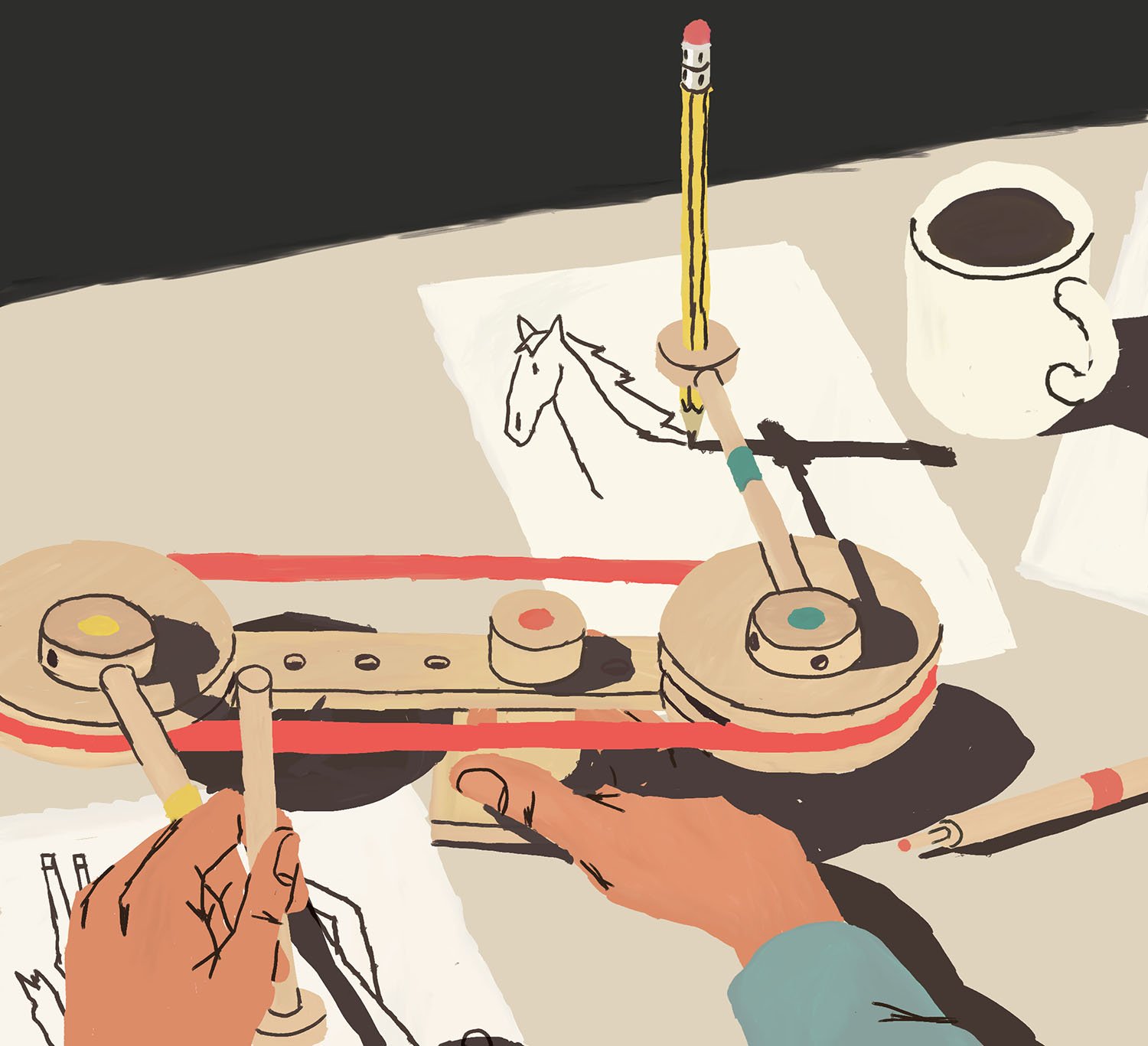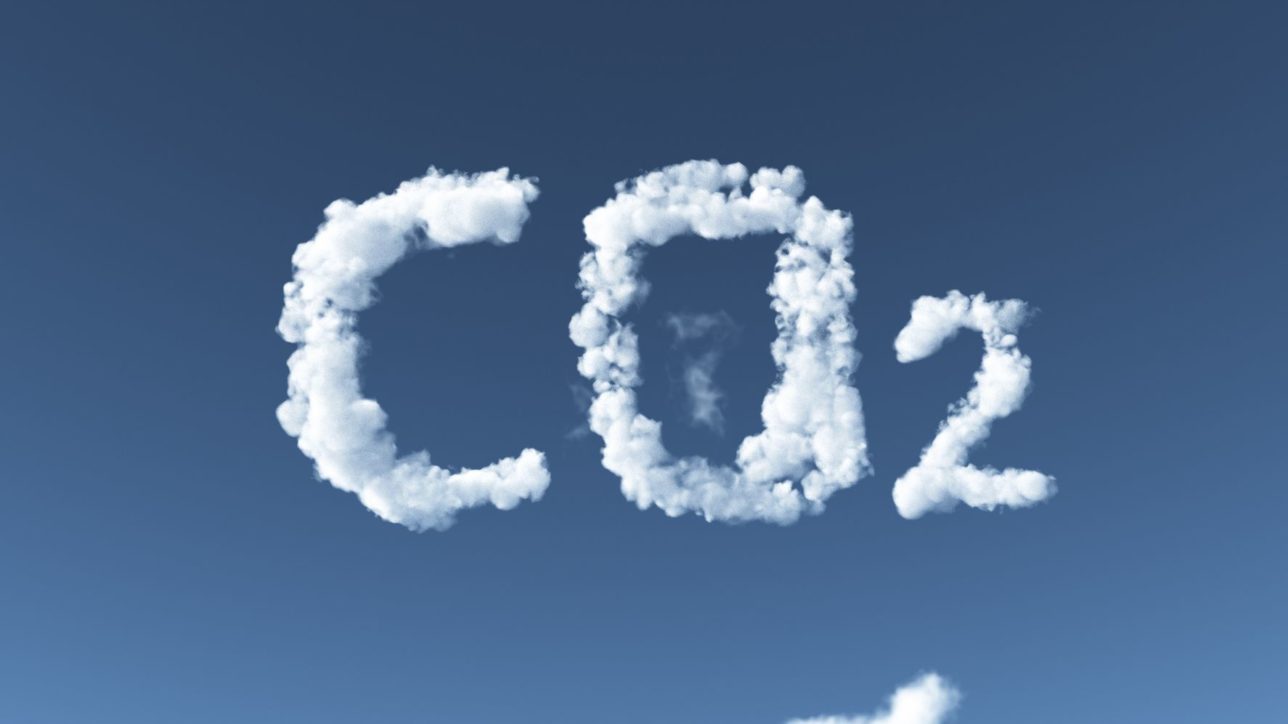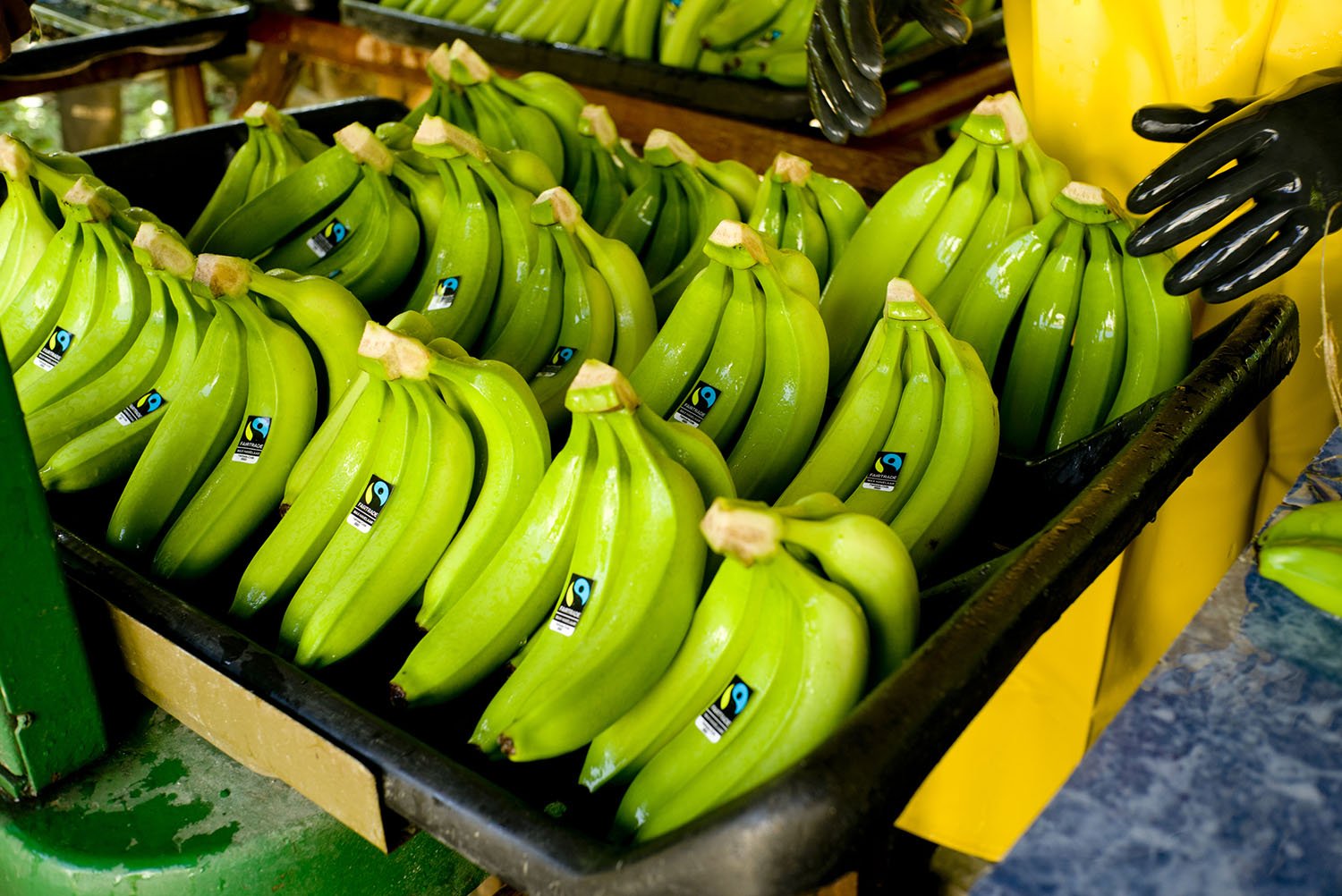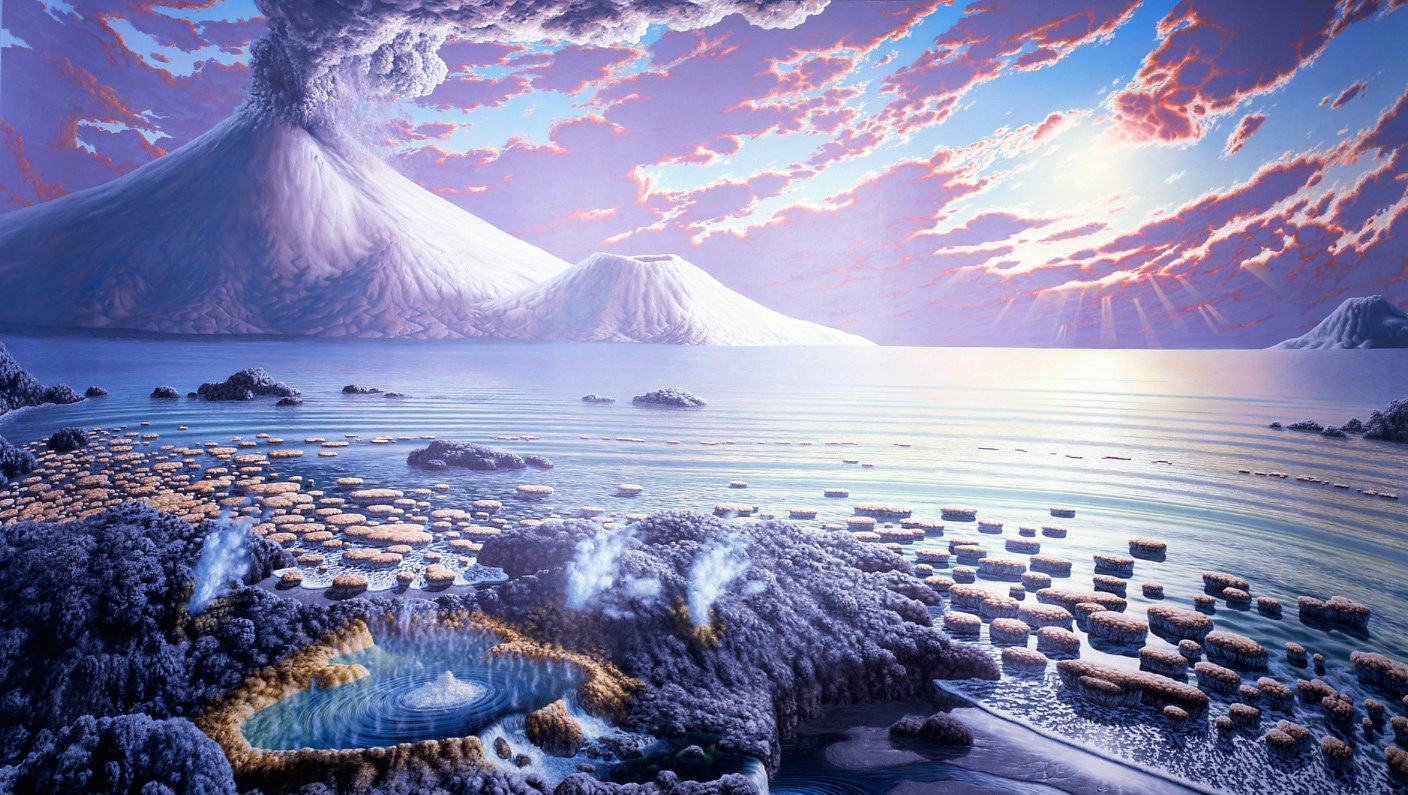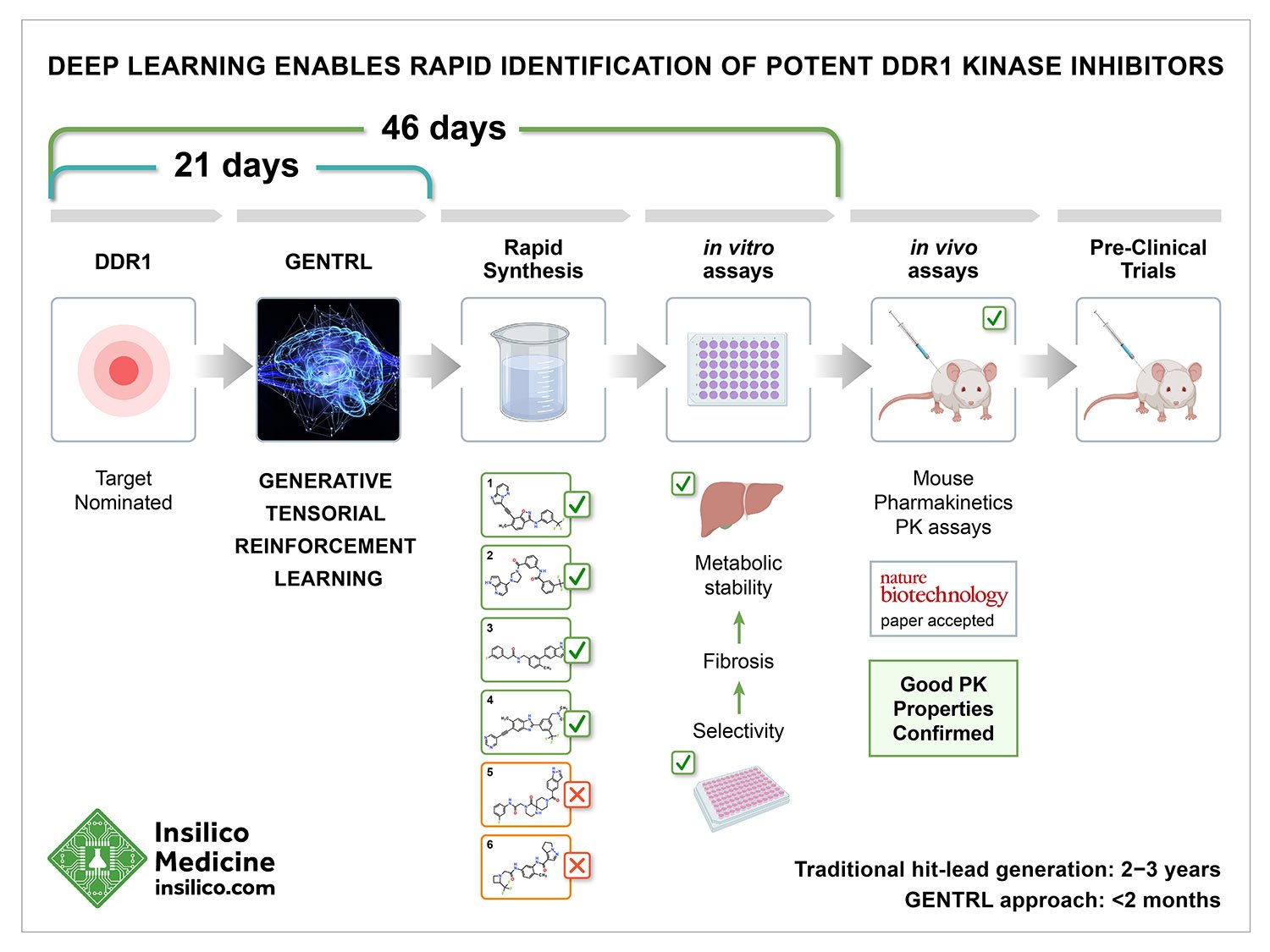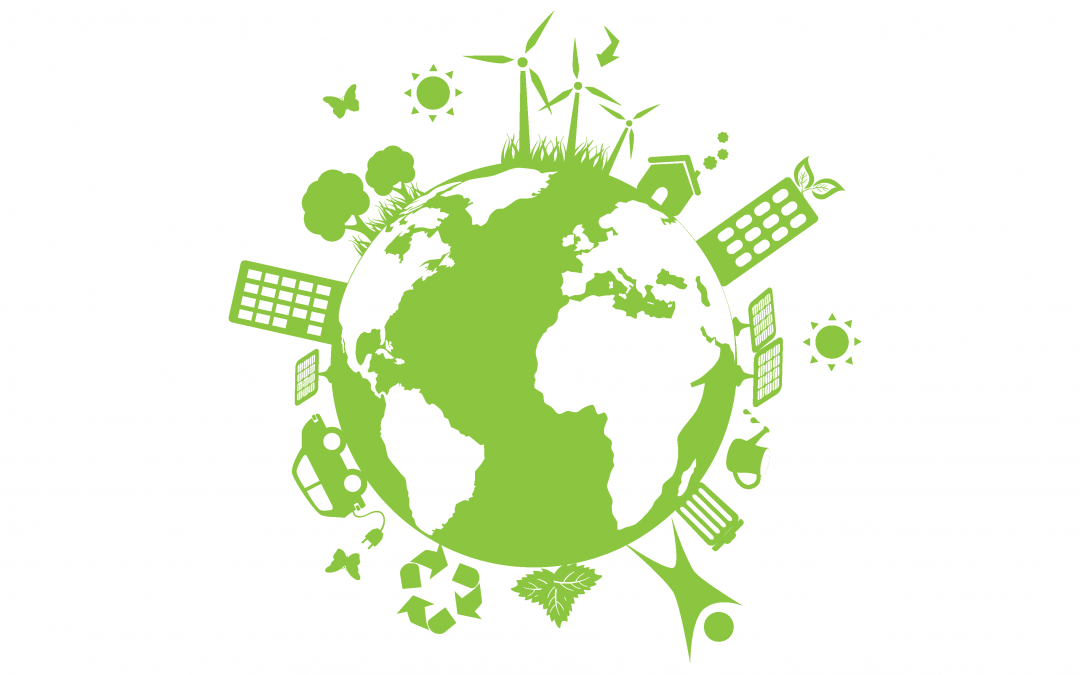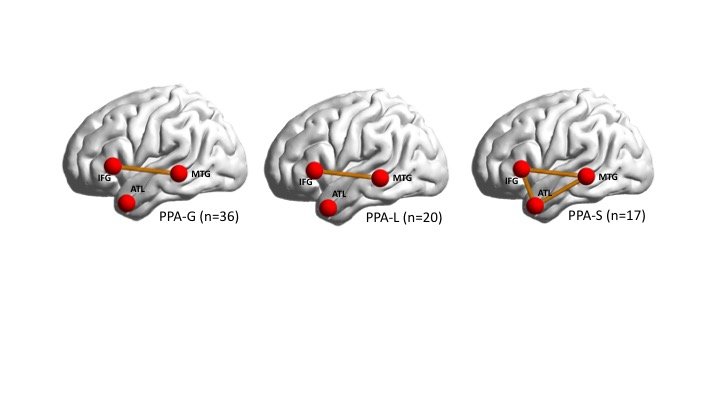How humans have shaped dogs’ brains
Dog brain structure varies across breeds and is correlated with specific behaviors, according to new research published in JNeurosci. These findings show how, by selectively breeding for certain behaviors, humans have shaped the brains of their best friends. Over several hundred years, humans have selectively bred dogs to express specific physical and behavioral characteristics. Erin Hecht … Read more
